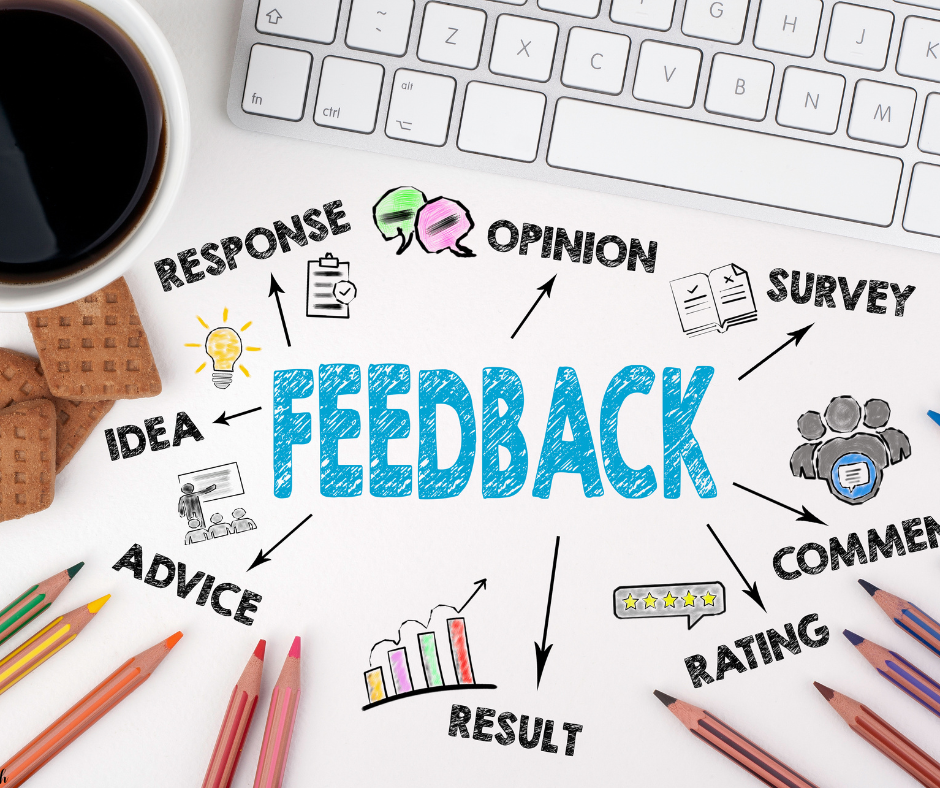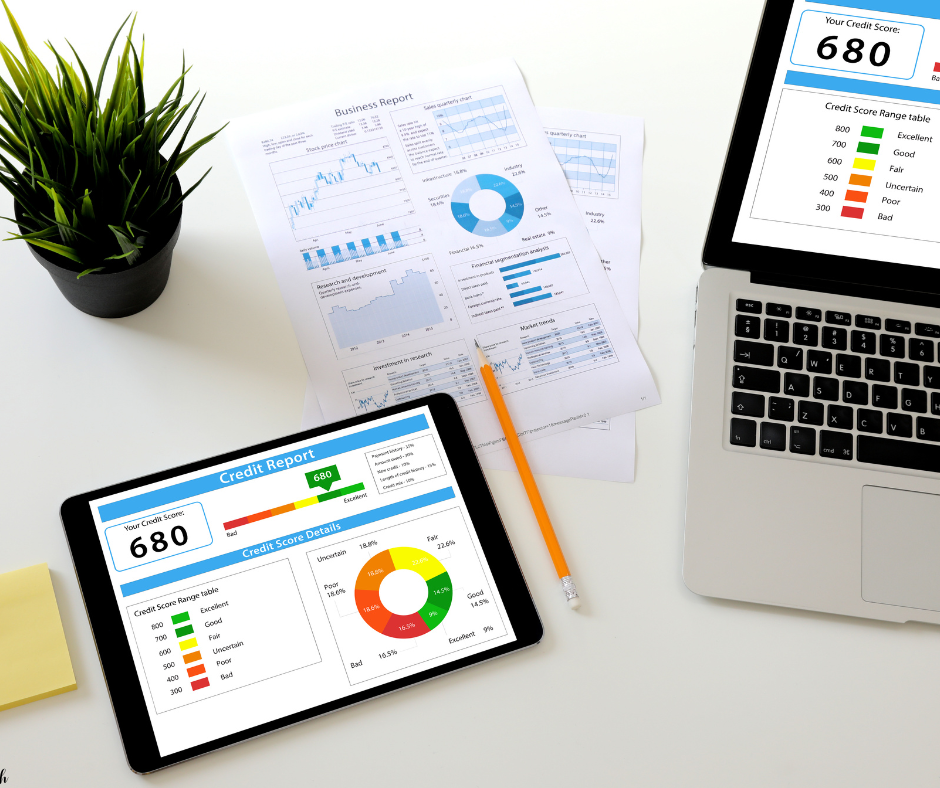EMPOWERRISE
ZERO DOWN THE GLOBAL SOCIO-ECONOMIC DISPARITY TO EMPOWER LIVES TO LIVE IN DIGNITY AND SELF-ESTEEM
Anyone, Anywhere, Affordable, Accessible : Forge Your Path from Self-Employment to Entrepreneurship

A powerful AI-driven platform empowering the UNITY population to transform from self-employment into leaders in investment, business development, and supply chain entrepreneurship
Holding Federate
At Empower, we embrace a dynamic Holding-Federated business structure.
A Holding-Federated Model is a business structure where a central company (the "Holding" company) oversees and supports a group of smaller, semi-independent businesses or units (the "Federated" entities).
Holding Company: Acts as the main organization, providing resources, guidance, and strategic direction.
Federated Entities: These smaller businesses operate with some independence but align with the overall goals and values of the Holding company.
This model allows each Federated entity to focus on its specific market or niche while benefiting from the shared resources and support of the Holding company. It's a way to combine the strengths of both centralized control and decentralized innovation.

Empower Journey
Intrapreneur
Copreneur
Entrepreneur
Investor Entrepreneur (IE)
Investment enterprises (IE) actively engage with global investors, leveraging international networks to pool resources and build diversified investment portfolios. They focus on optimizing these portfolios by investing in high-potential sectors like business innovation and supply chain entrepreneurship, which drive both financial growth and efficiency improvements. Through skilled management, IE ensures strong returns on investment (ROI) while also prioritizing Social Return on Investment (SROI), contributing to economic development, sustainability, and community impact. This dual focus on profit and positive societal outcomes positions IE as a leader in responsible investing.
- Reaches Out to Global Investors
- Pools and Manages Investment Portfolios
- Invests on Business & Supply Chain Entrepreneur Portfolios
- Earns ROI & Social ROI For Investment Portfolios

Business Development Entrepreneur (BDE)
Business Development Executives (BDE) focus on reaching out to global customers, expanding the company's market presence by engaging with diverse international clients. They work on building comprehensive customer portfolios, tailoring services to meet specific client demands and fostering long-term relationships. In addition, BDEs partner with supply chain entrepreneurs, leveraging collaborations to enhance efficiency and innovation across the supply chain. This approach helps maximize returns on investment (ROI) while also delivering Social Return on Investment (SROI) for both the company and its investors, contributing to sustainable growth and community impact.
- Reaches Out to Global Customers
- Builds Customer Portfolios
- Partners with Supply Chain Entrepreneurs
- Earns ROI & Social ROI for Self and Investor Portfolios

Supply Chain Entrepreneur (SCE)
Supply Chain Executives (SCE) actively engage with global service providers, expanding their network to include top-tier partners across various industries. They focus on building comprehensive service provider portfolios, selecting those that align with the company’s goals for efficiency, innovation, and scalability. By partnering with Business Development Entrepreneurs, SCEs enhance collaboration, driving operational improvements and new growth opportunities. This strategic approach ensures strong returns on investment (ROI) while also delivering Social Return on Investment (SROI), benefiting both the company and its investors through sustainable and impactful business practices.

Global Digital AI
At Empower, we are driving the global transformation of businesses through the integration of Artificial Intelligence (AI). By automating routine tasks, enhancing customer interactions, and providing deep, actionable insights, AI enables organizations to streamline operations, boost efficiency, and make smarter, data-driven decisions. This not only accelerates productivity but also fosters innovation, helping companies stay ahead in the fast-paced digital world. With AI at the core, Empower equips businesses to remain competitive, capitalize on new growth opportunities, and anticipate evolving market trends. Our solutions enable organizations to craft forward-thinking strategies that are resilient, adaptive, and built for long-term success in the digital era. We also prioritize scalability, ensuring that as businesses grow, our AI solutions evolve seamlessly with them. This guarantees that the transformative power of AI is used responsibly to create positive, lasting impacts across industries.

Assistive Technologies
We are committed to enhancing the quality of life for individuals with disabilities through innovative solutions. We provide assistive technologies designed to break down barriers and empower people to achieve their full potential. Whether it's helping individuals communicate more effectively, improving mobility, or increasing access to information, our solutions are tailored to meet diverse needs. Our offerings range from screen readers and speech recognition software to mobility aids and customized devices. By providing assistive technologies in RISE, we aim to create an inclusive environment where everyone has the tools they need to succeed. Through constant innovation and dedicated support, we strive to make a meaningful impact on the lives of those we serve.
- Speech & Hearing impaired users
- Vision Impaired users
- Users with language barriers

Speech-To-Sign

Text-To-Sign

Sign-To-Speech
Authentic Learning
Authentic learning experiences on how to use our AI- enabled, global value chain-based digital platform, along with Assistive Technology. This training equips participants to become investor entrepreneurs, business development entrepreneurs, or supply chain entrepreneurs.
- Authentic Learning
- Knowledge
Understanding the core concepts.
- Context
Exploring real-world business scenarios.
- Role-Activity
Defining roles and actions needed.
- Tools
Identifying the necessary tools for business activities.
- Value
Understanding the business value to be achieved.
Gamification Experience
Key Elements of Gamification
Points and Rewards:
Points:
Users earn points for completing tasks, reaching milestones, or engaging with content. Points create a sense of achievement and progression.
Rewards:
These can be tangible (e.g., discounts, products) or intangible (e.g., badges, titles), and they incentivize users to continue participating.

Badges and Achievements:
Badges:
Visual symbols of accomplishment that users collect by completing specific actions or reaching milestones. They serve as markers of status and expertise.
Achievements:
These are specific goals that, when accomplished, provide recognition and often unlock further rewards or levels.

Leaderboards:
Competition:
Leaderboards rank users based on their performance, fostering a sense of competition. They motivate users to improve and climb higher on the board.
Social Interaction:
Seeing others’ achievements can create a sense of community and encourage users to engage more.

Levels and Progression:
Levels:
Users advance through different levels as they accumulate points or complete tasks. Levels represent progression and expertise.
Progress Bars:
Visual indicators that show how close a user is to completing a task or reaching a new level, motivating them to continue.

Challenges and Quests
Challenges:
Specific tasks or activities that users can complete to earn rewards. Challenges often have varying difficulty levels, keeping users engaged.
Quests:
These are more complex tasks or a series of tasks that often have a narrative or story element, providing users with a more immersive experience.

Feedback and Reinforcement:
Immediate Feedback:
Users receive instant feedback on their actions, such as points added, levels unlocked, or rewards earned. This reinforces positive behavior and keeps users engaged.
Continuous Reinforcement:
Regular updates, notifications, and rewards keep users coming back and maintaining their engagement.

Benefits of Gamification
- Increased Engagement: Gamification makes activities more enjoyable, which increases user participation and time spent on the platform.
- Motivation: By offering rewards, recognition, and a sense of achievement, gamification motivates users to perform tasks they might otherwise find mundane.
- Behavior Change: Gamification can be used to encourage positive behavior, whether it's adopting healthier habits, improving productivity, or learning new skills.
- Retention: The continuous challenge and reward cycle keeps users coming back, improving retention rates for businesses and platforms.

Sustainable Micro Empowerment for Global Macro Impact
Our Locations

India
Hyderabad

USA
California

UK
London

Canada
Vancouver
Contact
Sai.kotla@empowerrise.org
Hemant.yadav@empowerrise.org












